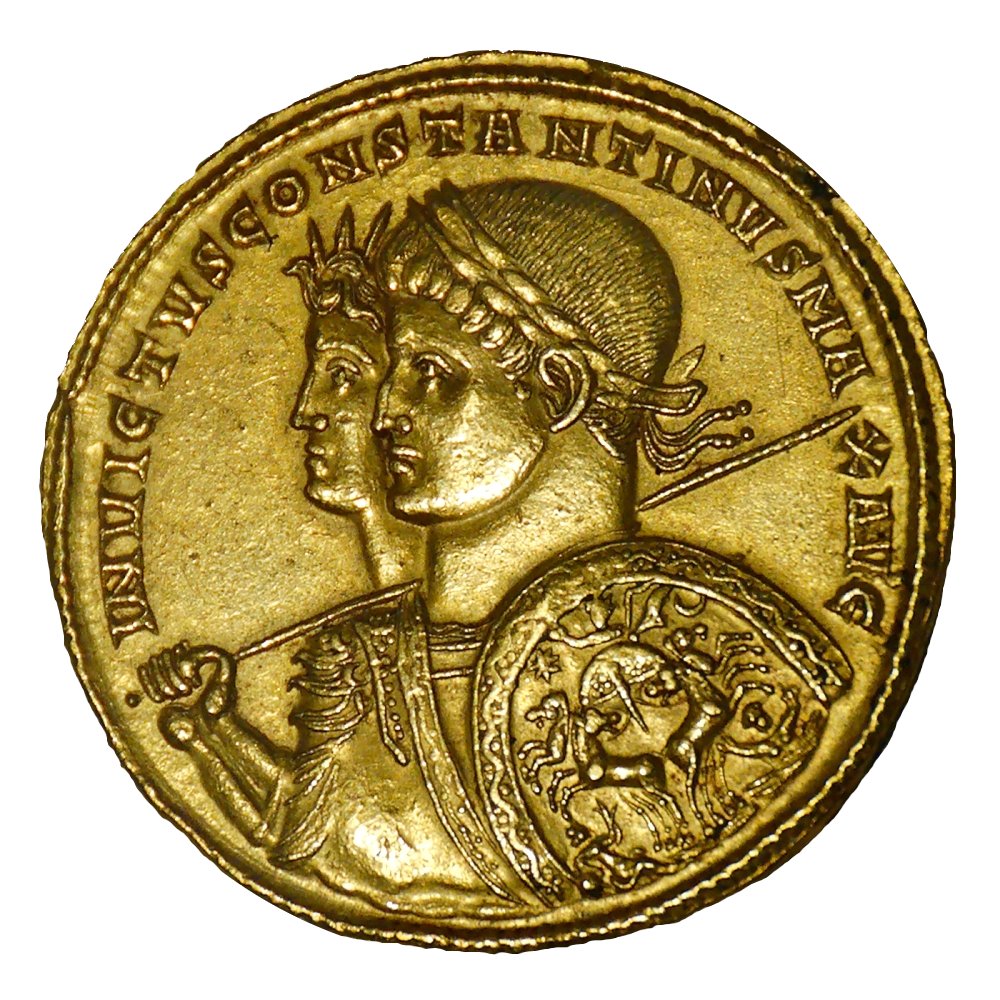- List of Byzantine Emperors
Infobox Former Emperorship
realm = theByzantine Empire
insignia = Palaiologos-Dynasty-Eagle.svg
insigniasize = 120px
insigniacaption = Coat of arms of late Byzantine Empire

caption = Coin showing the face of Constantine I
first_emperor =Constantine I
last_emperor =Constantine XI
style =
residence =
appointer =
began = 306
ended = 1453This is a list of the
Emperor s of theEastern Roman Empire , commonly known as theByzantine Empire by modern historians. This list does not include numerous co-emperors who never attained sole or senior status as rulers.This list begins with Constantine I the Great, the first Christian emperor reigning from
Constantinople .Diocletian before him had ruled fromNicomedia and replaced the republican trappings of the office with a straightforwardautocracy . All Byzantine Emperors regarded themselves as Roman Emperors. [Hooker, Richard. " [http://www.wsu.edu/~dee/MA/BYZ.HTM The Byzantine Empire] ." Middle Ages. World Cultures. 4 June 2007.]The Emperor
Heraclius (610–41) replaced Latin with Greek as the language of the army and began the administrative restructuring of the Empire intothema ta. Although Greek had long been the dominant language in the Eastern Roman Empire this change represented a formal rejection of the Latin language and many aspects of traditional Roman culture. Indeed after 800 AD thePope and later the Franks would reject the Roman Imperial authority of Constantinople partially on this basis.The title of all Emperors listed preceding Heraclius was officially
Augustus , although various other titles such asDominus were used as well. For official purposes, their names were preceded byImperator Caesar and followed by Augustus. Following Heraclius, the title commonly became the GreekBasileus (Gr. Βασιλεύς), which had formerly meant generally "king", "sovereign" but now was used in place of Imperator. Kings were now titled by the neologism Regas (Gr. Ρήγας, from the Lat. "Rex") or by another generic term Archon (Gr. Άρχων, "ruler"). Autokrator (Gr. Αυτοκράτωρ) was also frequently used, along with a plethora of more hyperbolic titles including "Kosmokrator" (Gr. Κοσμοκράτωρ) ("Master of the World") and "Chronokrator" (Gr. Χρονοκράτωρ) ("Master of Time"). In the later centuries of the Empire, the emperor could be often referred to by Western Christians as the "Emperor of the Greeks", though they still considered themselves "Roman" Emperors.Constantinian dynasty (306–363)
=Leonid dynasty (457–518)=Heraclian dynasty (610–711)
Nikephoros’ dynasty (802–813)
Macedonian dynasty (867–1056)
Doukid dynasty (1059–1081)
Laskarid dynasty (Empire of Nicaea, 1204–1261)
ee also
*
List of Roman Emperors
*List of Byzantine Empire-related topics
*Latin Empire References
Wikimedia Foundation. 2010.
